How to connect your speakers to your TV
Make your TV-watching experience more immersive by adding speakers. Here's how...
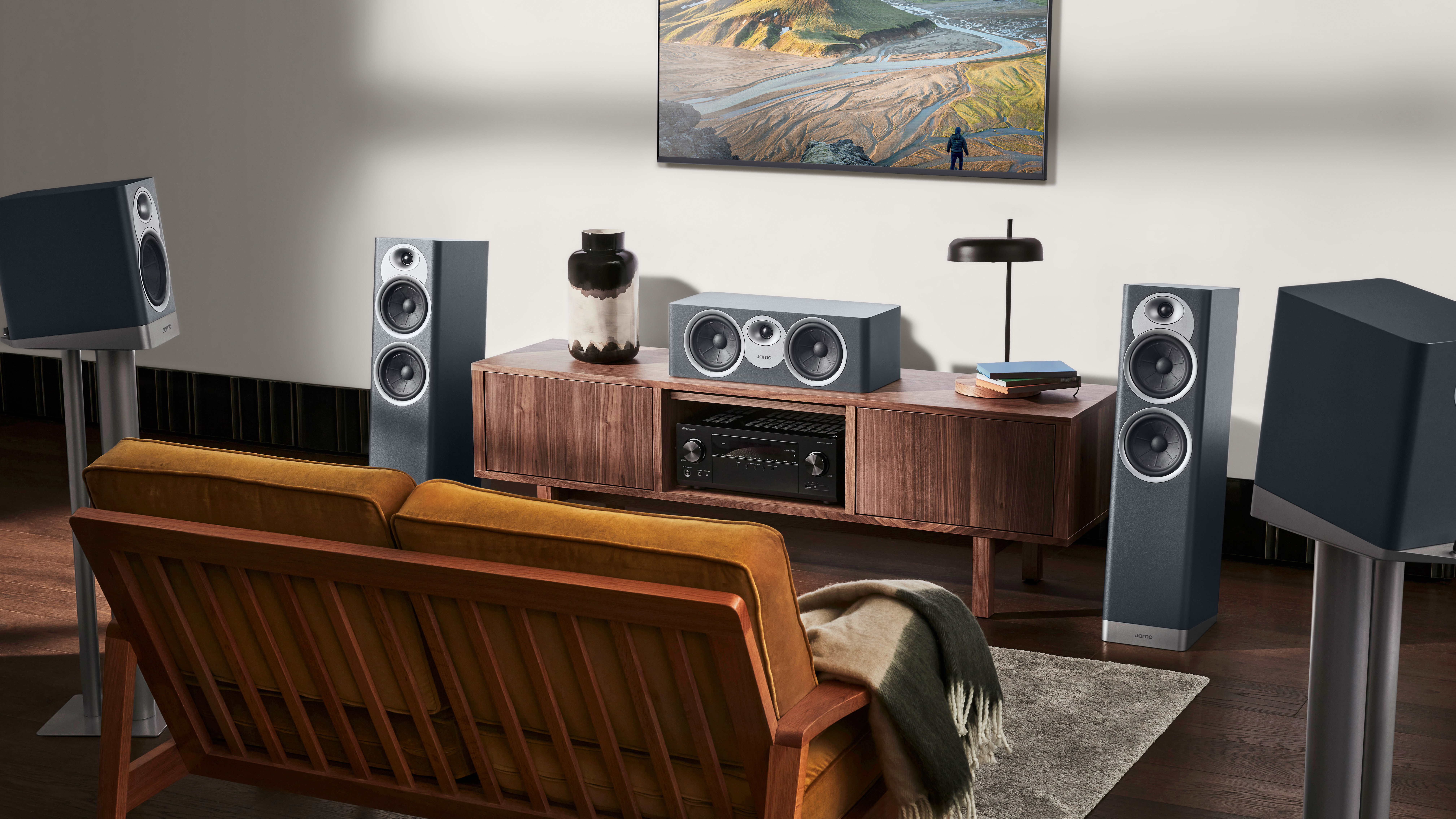
If you believe hooking up speakers to your TV will enhance a movie experience, help immerse you in sports or let you better enjoy concerts via the screen, you're probably right. The speakers built into flatscreen TVs are more often than not small and lack sonic substance, offering a poor audio experience compared to decent external speakers.
Whether you already have, or indeed plan to buy, a wireless speaker, a pair of speakers, or a soundbar, it's possible to connect them to your TV for an enhanced audio experience. And there is likely more than one way to do so.
This guide lays out all the options for connecting a wide range of speakers to your TV depending on their connection ports and features, so you can find the ideal setup for your perfect TV sound system.
What speakers work with a TV?
First things first, you'll need to assess if your speakers can work with your TV through wired or wireless means. In most cases, you will be able to plug them in directly via some sort of cable, though some can be connected wirelessly.
Since most modern TVs offer Bluetooth, you should be able to simply connect any Bluetooth speaker wirelessly by pairing the two together in the TV settings much as you would any other device. That said, for the best audio performance – and optimal syncing – it's usually still best to go the wired route.
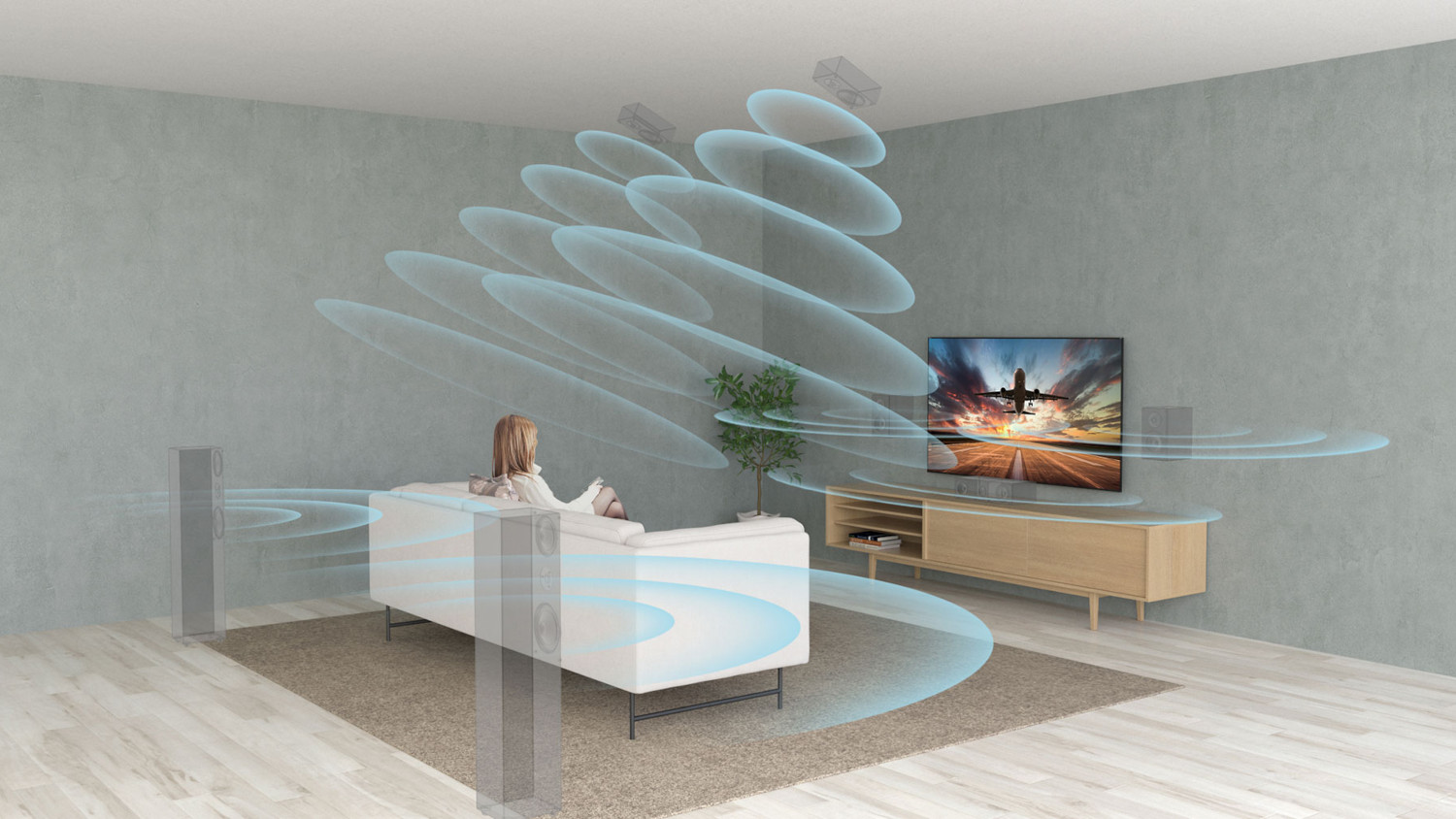
You might be connecting a soundbar, a pair of stereo speakers, a surround system, or even an amplifier that then distributes the sound to speakers connected to it. In all of these scenarios, there are several methods in which to achieve this courtesy of the many connections found on equipment these days.
Feeling lost at sea with a lot of ports to pick from? Let's go through them and find which option is best for you...
The latest hi-fi, home cinema and tech news, reviews, buying advice and deals, direct to your inbox.
Connect via HDMI cable
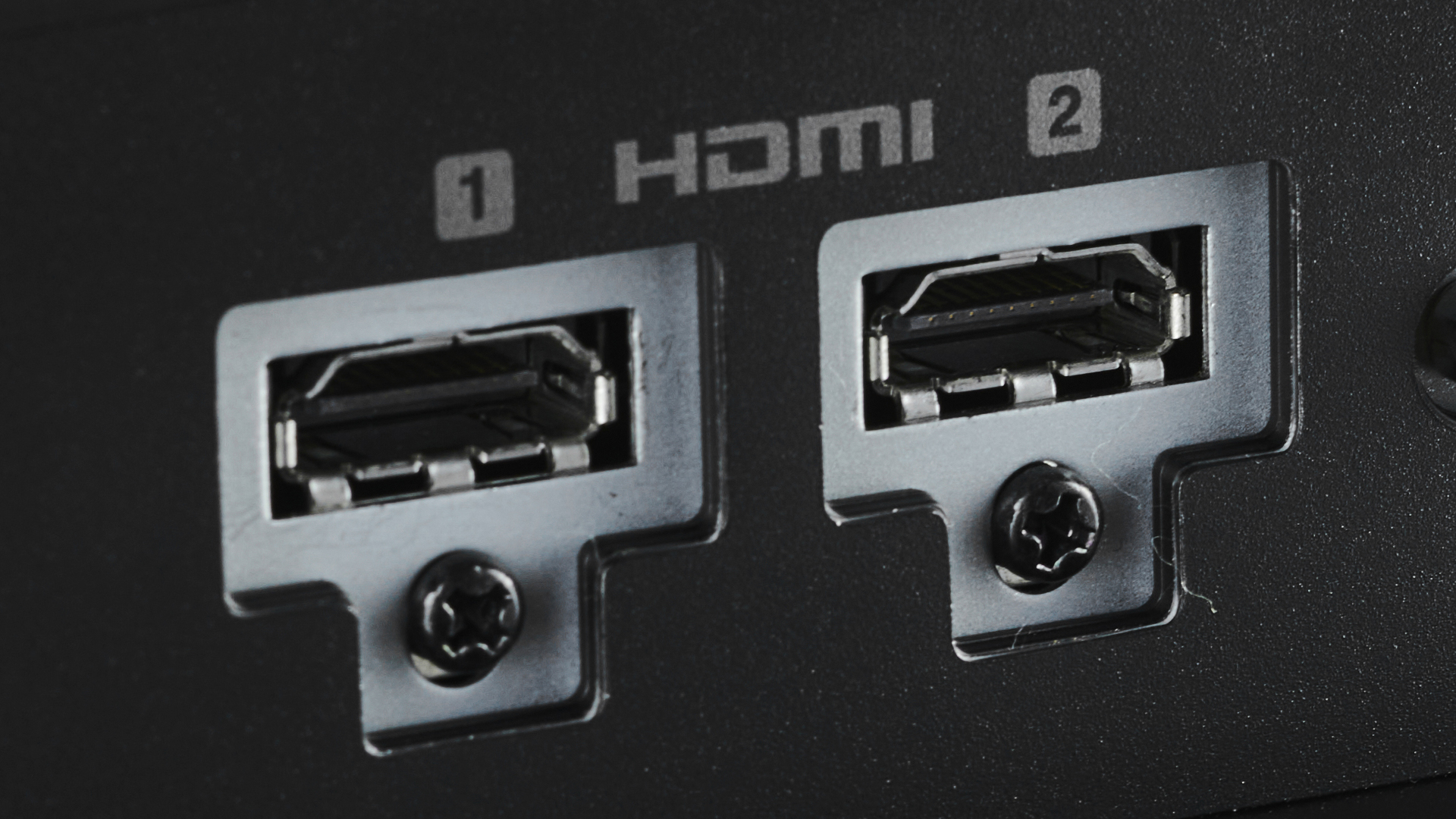
One of the most straightforward ways to connect a soundbar and some speaker setups to your TV is via HDMI, and it's the method we'd recommend if your TV and soundbar/speaker have HDMI ARC ports. Do you have an AV receiver as the middleman between your TV and speaker package? HDMI is the way to go here too.
This connection is fully digital and can carry not only stereo soundtracks but also surround sound, right up to the latest and greatest Dolby Atmos or DTS:X formats.
If your TV is less than 13 years old, it will likely have an HDMI ARC or, better yet, an eARC HDMI port. Your soundbar likely will too, though this is only more recently becoming a popular port for wireless speakers/speaker systems – and only on mid-to-high-end models like the KEF LSX II and Sonus Faber Omnia. Don't expect it to feature on your everyday Bluetooth speakers; use optical instead (see the section below).
Anyway, if it does have an ARC-enabled HDMI connection, simply connect it to the TV's ARC via an HDMI cable, and voila – the TV sound will be passed to your speaker.
HDMI ARC should work automatically, but if it doesn’t and you're finding that your TV is still outputting sound through its built-in speakers, grab the TV remote and tweak a few of your TV settings, including turning off your TV’s built-in speakers and enabling your telly to send audio out to an external speaker or amp. Naturally, you'll need your soundbar/speaker powered on, too!
Both the ARC and eARC allow for a TV to output audio, but the latter can pass-through high-quality Dolby TrueHD, Dolby Atmos, DTS-HD Master Audio or DTS:X audio soundtracks in their truest, full-fat quality – ARC will, on the other hand, simply strip out the signal's core 5.1 data stream.
Connect via optical cable
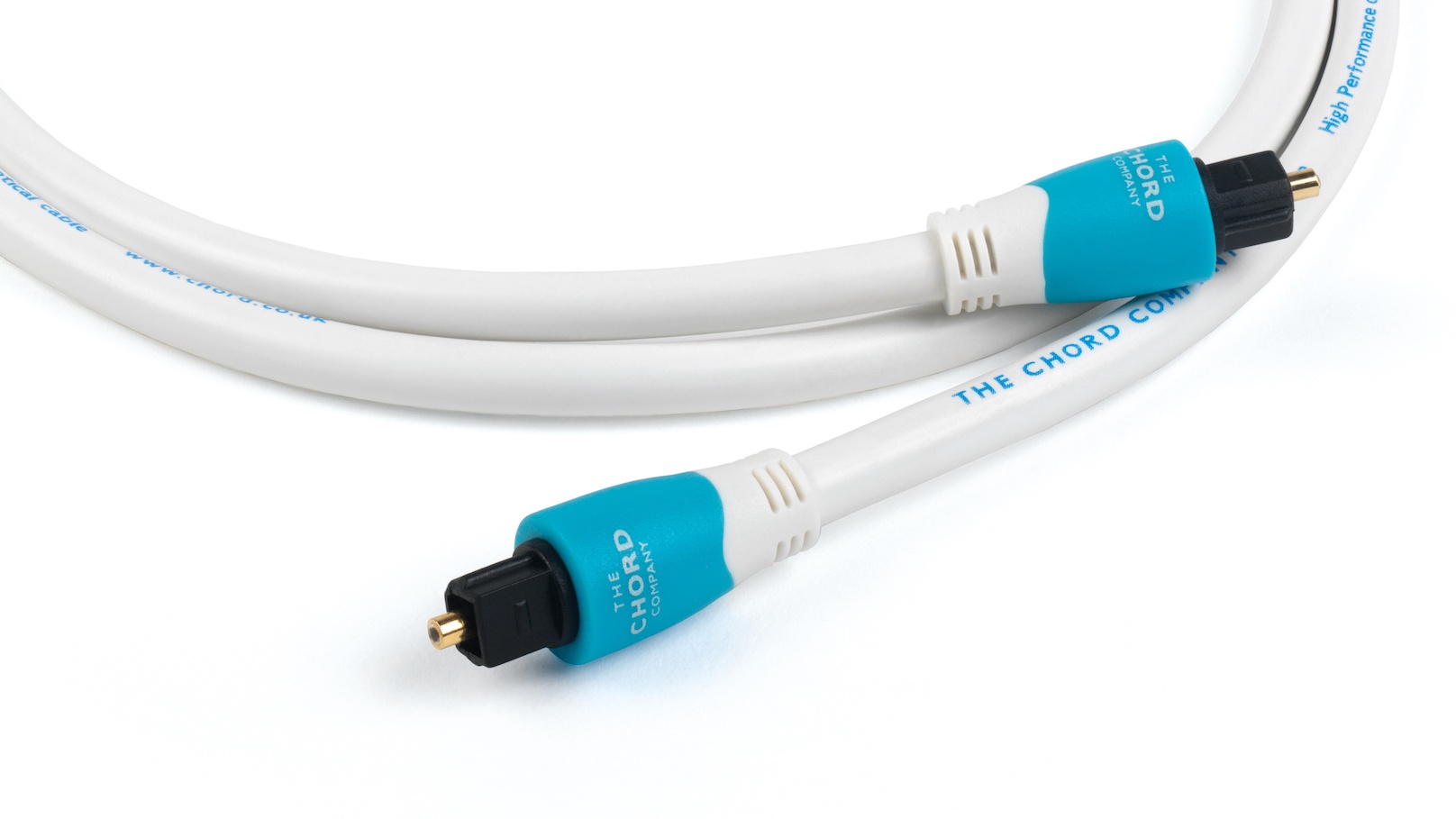
Another very straightforward solution to output audio from your TV is to use its optical out, which features on most TVs and audio devices made in the past decade. This uses the medium of light to transmit data through a cable’s optical fibres (which can be made from plastic, glass or silica) and can transmit uncompressed stereo as well as compressed Dolby Digital and DTS surround sound. (Unlike HDMI ARC, there's no support for lossless audio formats such as Dolby TrueHD or DTS-HD Master Audio soundtracks found on most Blu-rays and 4K Blu-rays.)
Most soundbars, speakers and speaker systems feature an optical port, so if HDMI isn't an option, this is likely your next-best one. This way, you can have your TV set to always output via optical, so as you switch between HDMI input devices like a gaming console or Blu-ray player, the connected speaker will always be used as default.
This can be a good option if you have something like a PS5 connected to that HDMI eARC port, where full intelligent connectivity is available – like your TV turning on when your PS5 starts up – which can sometimes have issues if connected via a soundbar, for example. Optical cable connectivity helps give you the best of everything.
- Coaxial vs optical vs HDMI: which is the best audio connection to use?
Connect via RCA cable

If your TV and/or, more likely, your choice of speaker does not have an HDMI connection, they may well have RCA connectors. It's an older but likely more familiar connection type, so is often found on older equipment – modern TVs and audio gear often prefer optical connectors.
RCAs are identified as red and white connectors that send left and right audio channels independently of one another. While this won't get you surround sound, which is what you'll want if you have a Dolby Atmos soundbar or multiple speakers, it will transmit stereo sound to a pair of stereo speakers or a system just fine.
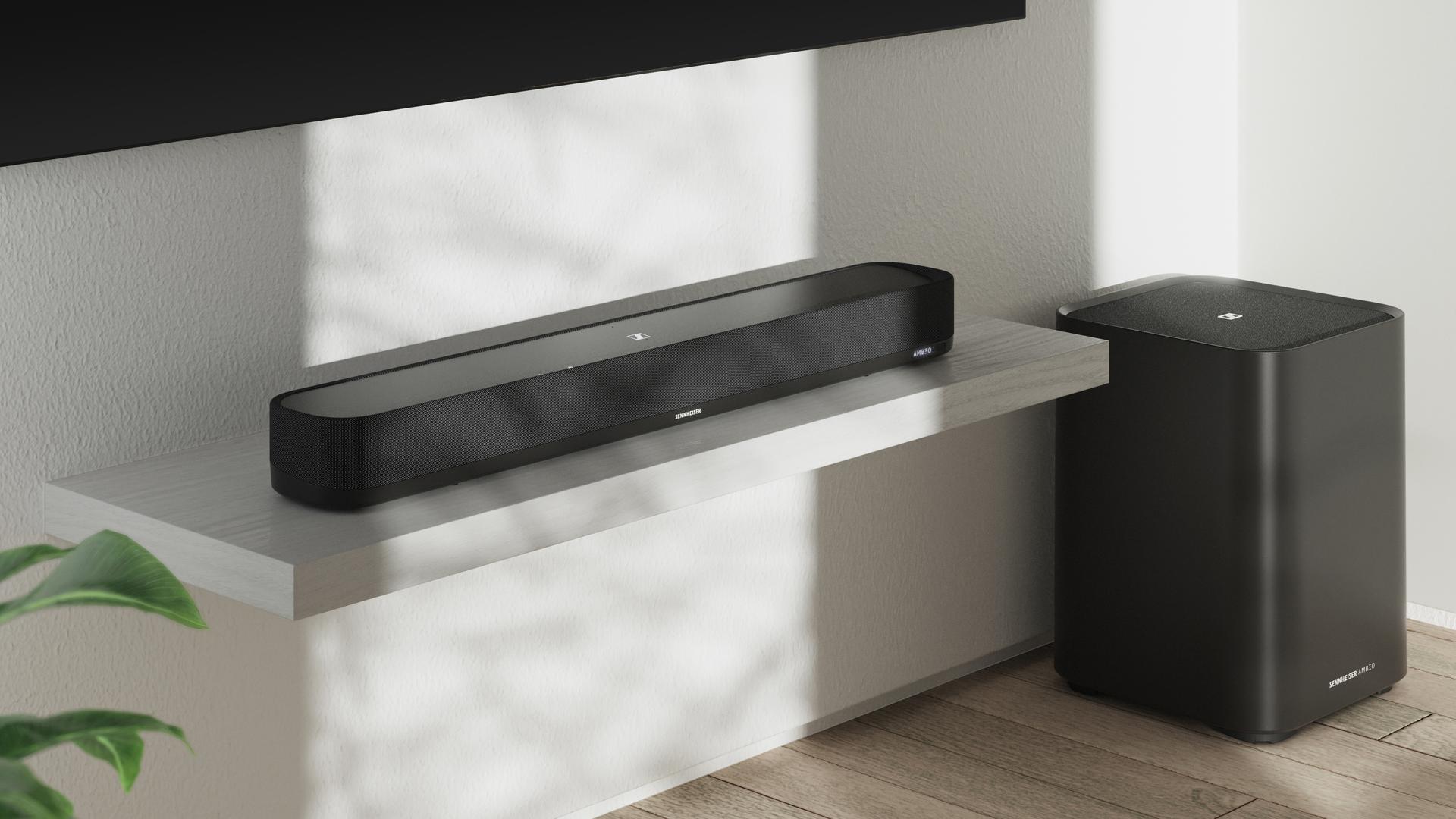
Connect via 3.5mm cable
Many TVs have a 3.5mm output designed primarily to accommodate wired headphones. But it can also connect to any speaker system with a 3.5mm (aux) input. You'll just need a 3.5mm audio cable long enough to run between them.
You can, by the way, get 3.5mm-to-RCA cables, so if your speaker has RCA but your TV doesn't, but there is a 3.5mm port – or vice versa – this could be a viable option.
Don't expect the best sonic results, as this is one of the cruder methods for connecting TVs and speakers on this page, but if you want to use an older speaker to give your television a bit more audio punch, this is undoubtedly a simple solution.
Set your TV output
Whichever method of connectivity you connect your speaker of choice with, you'll need to be sure that your TV knows about it. By default, the TV will output audio via its built-in speakers, so if you connect your speakers and that default doesn't change automatically, you'll need to change it manually.
Head to your TV's settings menu and in the section labelled 'audio' or 'sound', you will find an 'output'. Select the desired connection method – optical or Bluetooth, say – or the specific speaker/speaker system if its name is recognised.
Again, if you're using Bluetooth, you'll need to pair the TV with the Bluetooth speaker together just as you would a phone or tablet. Again, you'll find this in your TV's sound/audio settings.
MORE:
These are the best surround sound systems
And the best stereo speakers
